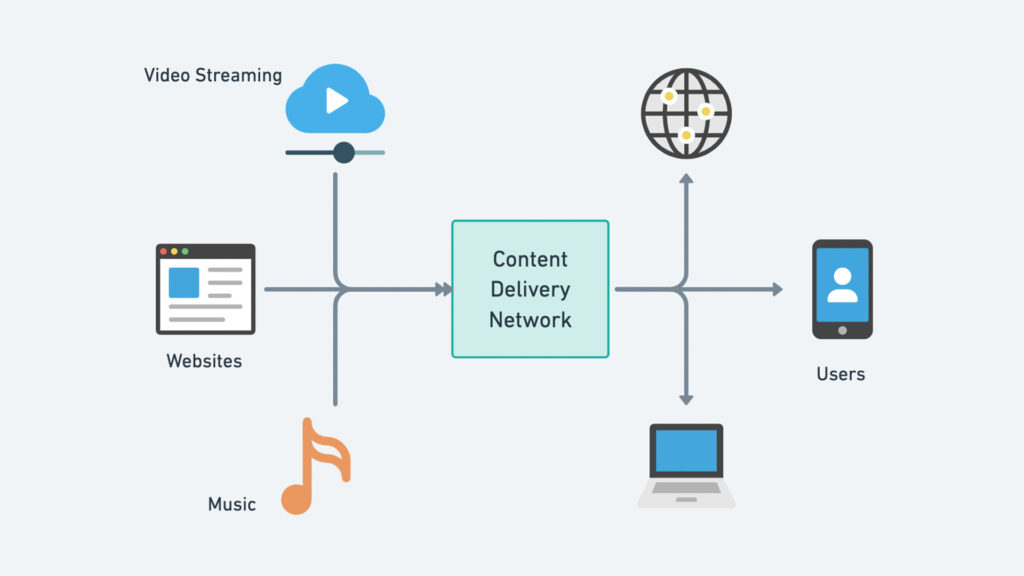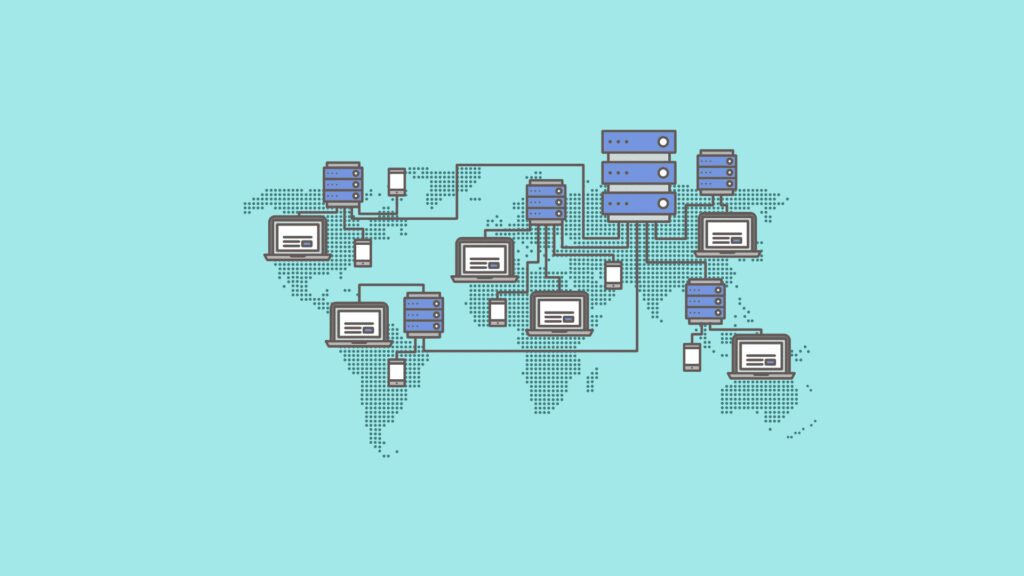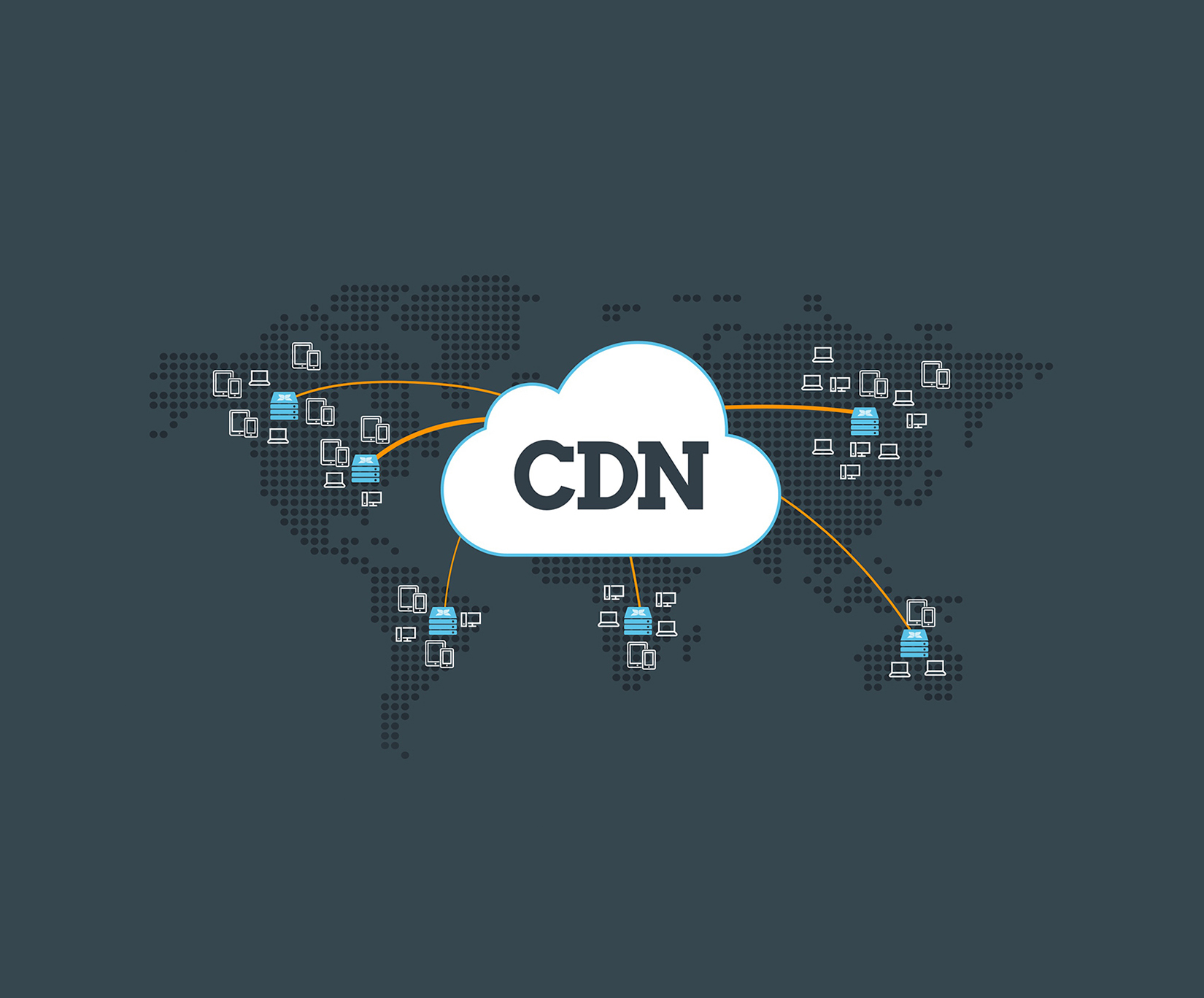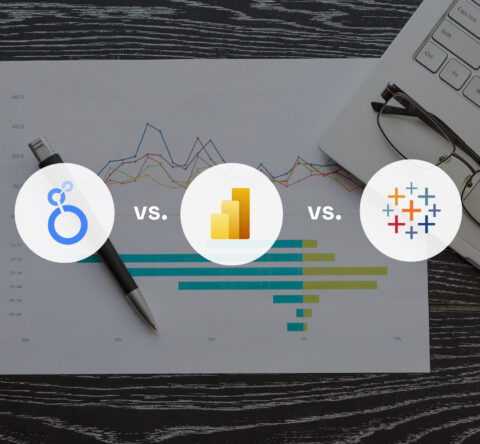In the last few years, significant developments have taken place in the digital landscape, forcing businesses to explore creative ways to deliver content. One of them is increased internet penetration, allowing consumers to come online for shopping and service needs. Compounding the problems is the fact that consumers’ expectations have increased as they look to access services when and where they want with the minimum delay.
As a result, content delivery networks, or CDNs, have appeared. There are numerous benefits of CDNs that we need to be aware of because they consist of a network of geographically dispersed servers, and material may be distributed to users with the least amount of lag. More and more businesses are focusing on how a CDN works, which allows a larger audience base to access their services. This is because the benefits of CDNs are numerous when it comes to delivering content seamlessly and quickly. The majority of these outcomes are a direct result of a CDN’s operation. Some benefit of CDNs is an outcome of other events.

What is a content delivery network?
A content delivery network is a service used to accelerate the entire content delivery process, including dynamic and static content, video downloads, and large file downloads from your server. With a CDN, this kind of content can be cached and saved for a considerable period of time. These locations are referred to as points of presence,” sometimes referred to as edge locations. Hence, they are strategically placed in locations where there is maximum demand.
The question may arise: how does a CDN work? If the content is delivered through CDN servers, the users may benefit from higher reliability and availability as a copy of the content is saved on servers around the world. It is quite possible that the majority of the requests are served by the POPs, as the servers may benefit from less traffic.
The scenarios where it does not make sense to implement a CDN
- Your application or website gets less traffic. If you have few customers or users, caching will not work. When there are not enough visitors, the content will not be cached, as it replicates a scenario where no one needs it.
- The users or customers are always from the same geographic location. If you are running a website or application for a local user or customer, there is no need to cache files all over the world.
The working of CDN
To avoid the dissatisfaction created by slow service, CDNs move one step closer to reducing latency and improving the user experience. This is tidy, elegant, and self-explanatory in a theoretical sense. However, there are several technological difficulties in everyday use.
Firstly, to reduce the latency for any particular user, the CDN must possess a cache that is close to them. To have a nearby cache for every potential internet user, however, is not practical. Rather, the caches are organized into POPs and distributed through large geographic regions. Then you may place them in the respective population centres in those regions.
Next, given a request by a single user, a CDN must direct it to the closest POP. Most CDNs accomplish the task by leveraging a technology referred to as GeoIP. It can be thought of as a large look-up table that maps IP addresses to geographical locations. A CDN will consult the table when processing a request and route user traffic to the closest accessible server. This routing process can be further optimized by using mobile proxies to ensure efficient delivery of content to users on the move.

The advantages of using a CDN
Organizations may be wondering why they should use CDN, and the main reason is the benefits that arise from it. Below are a few of them:
Improved performance
This is a content delivery network’s major and most alluring characteristic. Any website that chooses a higher CDN can reduce load times by up to 50%, with certain exceptions seeing a larger percentage. CDNs accelerate the delivery of your content by:
- Trimming the distance between content that is held in storage and the destination.
- Reducing file sizes in order to optimize website loading speeds
Better reliability
The computers and servers are not perfect. The network becomes congested, servers go down, and connections may be broken. With the aid of a CDN, websites may continue to serve users without interruption even in the event of issues.
The content delivery network balances the load of the network traffic, making sure that no one server gets overcrowded. Even if a single server fails, CDN may initiate a failover process that allows a backup server to take the lead.
Saving money
CDNs are known to cut costs for website operators by reducing trips to and from the origin server. When such a situation arises, less data has to be transferred, as CDN handles most of it. Less content goes out from the origin server for the same reason, lowering the bandwidth costs.
Live statistics
A content delivery network has the ability to show real-time load statistics, display active regions, and optimise capacity per customer. It indicates which assets are less popular and reports the viewing details to the customers.
DDoS protection
It is not going to stop here, as CDN enhances your security as it provides bot and DDoS protection. It is the utmost layer of the website’s infrastructure and the first recipient of traffic. The attack is detected and blocked before it reaches the origin server.

CDN and its implementation
By now you are aware of how a CDN works. The thought of setting up a CDN may turn out to be a difficult task. It is suggested that you opt for a professional service that makes CDNs easy to implement for websites.
You need to inform the content delivery network of your choice about which files it should mirror and configure your site to send requests for the files to the CDN. If you are using a popular content management system such as Drupal or WordPress, you may use one of the plugins that exist to set up your site with a CDN provider. The other implementations may require you to modify CDN records and change the name servers of your domain.
To conclude, by now it is clear about the benefits of CDN and why you should use it. It is important to understand that it is absolutely necessary to have a CDN if the website has more than 100,000 million visitors online and wishes to provide top-notch services to them.
For more such technical and information blogs, Connect with GTECH.
Related Post
Publications, Insights & News from GTECH








